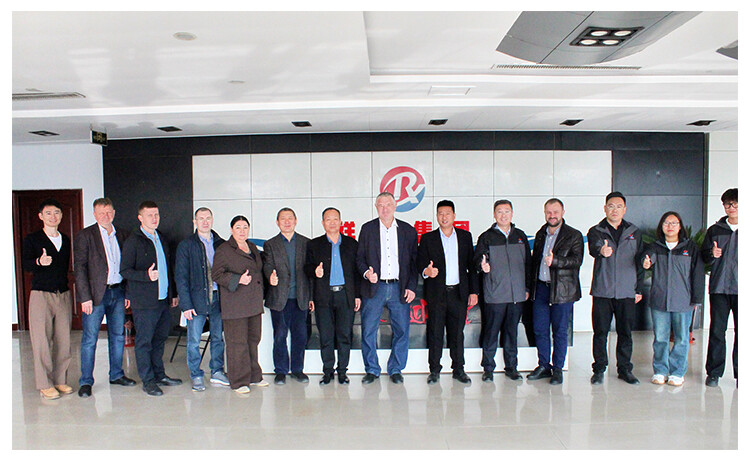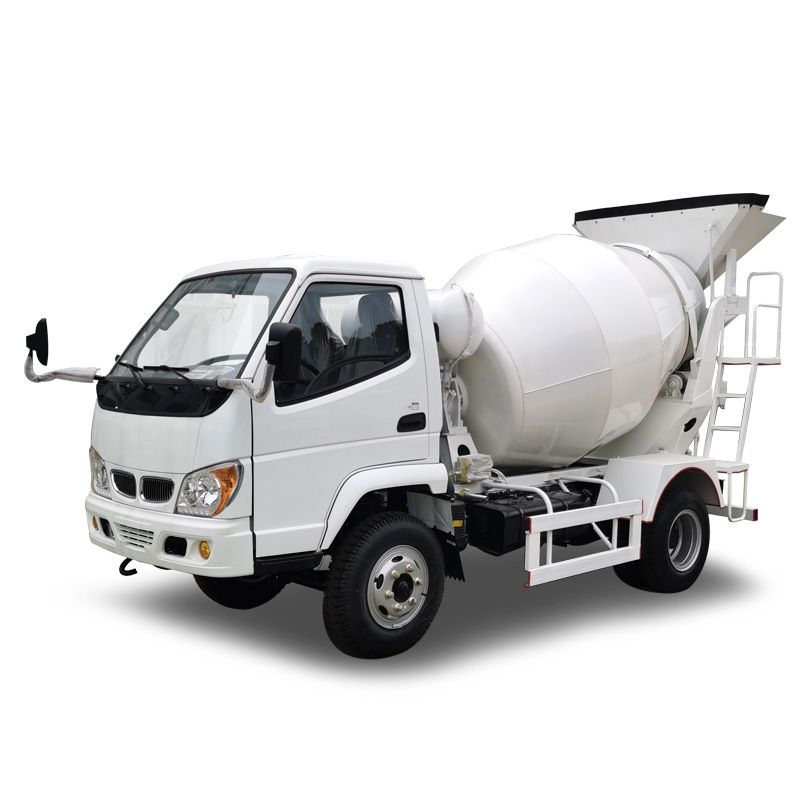BLOG
28m Aerial Work Platform Truck Safety Tips Every Operator Should Know
Introduction
Operating a 28m aerial work platform truck requires strict adherence to safety protocols to prevent workplace accidents. This guide outlines 28 essential safety tips every operator must know when handling these versatile machines at height. Whether you're conducting pre-operation inspections, maneuvering in tight spaces, or responding to emergencies, these proven practices will help ensure job site safety and equipment longevity for information researchers, technical evaluators, and procurement specialists in the construction machinery industry.
Pre-Operation Safety Checks
Before operating a 28m aerial work platform truck, thorough pre-operation inspections are crucial. Start by examining the structural components for any signs of damage, including cracks, dents, or corrosion. Pay special attention to welds and load-bearing parts. Check all hydraulic systems for leaks and ensure proper fluid levels. Test the emergency lowering system to confirm it functions correctly in case of power failure.
Inspect the platform controls and safety devices, including guardrails, toe boards, and harness attachment points. Verify that all warning labels and capacity charts are legible and properly displayed. Don't forget to examine the tires or outriggers for stability and ensure the machine is on firm, level ground before operation. These checks should be documented according to OSHA standards to maintain compliance records.
Key Components to Inspect
- Structural integrity of boom and platform
- Hydraulic system pressure and leaks
- Emergency stop functions
- Load capacity indicators
- Ground conditions and stability
Safe Operation Procedures
When operating at maximum height of 28 meters, wind conditions become a critical safety factor. Never exceed the manufacturer's recommended wind speed limits, typically around 28 mph (45 km/h) for most aerial platforms. Maintain constant awareness of overhead obstacles like power lines, tree branches, or building projections. Use a spotter when maneuvering in congested areas to prevent collisions.
Proper load distribution is essential - never exceed the platform's rated capacity, including tools, materials, and personnel weight combined. Distribute weight evenly across the platform floor and secure all equipment to prevent shifting during movement. For specialized construction tasks like those performed by the Backhoe Loader 388T, always follow manufacturer guidelines for attachment use and weight limitations.
Movement and Positioning Best Practices
- Survey the work area for hazards before positioning
- Extend outriggers completely on stable surfaces
- Maintain at least 10 feet clearance from electrical hazards
- Use wheel chocks when working on slopes
- Avoid sudden movements or jerky controls
Emergency Preparedness
Every operator should be trained in emergency procedures specific to 28m aerial work platform trucks. This includes knowledge of manual lowering systems, fire extinguisher locations, and first aid protocols. Establish clear communication methods between ground personnel and platform operators, considering radio communication for high-noise environments.
Create and regularly review rescue plans for scenarios like equipment failure, medical emergencies, or severe weather changes. The plan should identify trained rescue personnel, necessary equipment, and emergency contact numbers. Regular drills should be conducted to ensure all team members understand their roles in emergency situations.
Essential Emergency Equipment
Maintenance and Long-Term Care
Proper maintenance extends the service life of 28m aerial work platform trucks and prevents safety hazards. Follow the manufacturer's recommended service intervals for hydraulic fluid changes, filter replacements, and lubrication points. Keep detailed maintenance records that include dates, services performed, and technician signatures.
During seasonal changes, pay special attention to fluid viscosities and battery conditions. Cold weather operation may require different hydraulic oils, while hot climates demand more frequent coolant checks. Similar to the comprehensive maintenance needs of the Backhoe Loader 388T, aerial platforms require scheduled inspections of all moving parts and structural components.
Critical Maintenance Tasks
- Weekly inspection of wire ropes and cables
- Monthly hydraulic system pressure testing
- Quarterly structural integrity inspections
- Annual load testing certification
- Biannual electrical system evaluation
Conclusion and Next Steps
Implementing these 28 safety tips for 28m aerial work platform trucks creates a culture of safety that protects both personnel and equipment. From pre-operation checks to emergency preparedness, each protocol plays a vital role in preventing accidents and ensuring efficient operations at height.
For construction professionals evaluating equipment options, understanding these safety considerations should factor into procurement decisions. Whether you're working with aerial platforms or earthmoving equipment like backhoe loaders, prioritizing safety features and operator training leads to better project outcomes and reduced liability.
Contact our team of construction equipment specialists today to learn more about safety-certified machinery and operator training programs tailored to your specific project requirements.
Leave A Reply
We specialize in Aerial work platform truck, Concrete mixer truck, Truck crane, Concrete mixer Drum, Spider crane, Dumper truck, Road sweeper, Laser levelling machine, Pneumatic crane, Wheel loader and so on.
Contact
Get a Quote



